Nose Piercing Scar: What Causes It & How To Get Rid Of It
Rejuvenate your nose piercing aesthetic and bid farewell to unsightly scars!

Image: Shutterstock
The nose piercing is one of the most common and popular types of facial piercings out there. However, its potential to cause a scar on such a prominent part of the face keeps many people from going for it. Nose piercings are more susceptible to scarring than other areas of the body as the blood supply to the nose cartilage contains fewer nutrients.

That said, there is some good news. Not all nose piercings leave scars; and even if you have a scar, you can deal with it in effective ways. Let us take a detailed look into nose piercing scars, their causes, and how you can get rid of them so that you are more confident about getting this permanent piercing. Continue reading.
In This Article
Do Nose Piercings Leave Scars?
View this post on Instagram
Nose-piercing scars are common. However, not every nostril piercing results in a noticeable scar. Scarring is simply a side effect of piercing. Hence, to answer this, we must delve into what scars are and how they are formed.
During piercing, the body is injured, and as a counter-reaction, it increases the production of connective tissue (collagen) to repair the punctured skin. In normal situations, crusting takes place as a part of a healthy healing process. However, the wound may develop into a noticeable scar when the injury bypasses the normal healing process, or if the intensity of the injury is high (1). Allergic reactions or your body’s tendency to develop an infection are the primary determining factors for scar formation. Furthermore, the cause of scarring may differ based on the type of piercing scar, i.e., hypertrophic scar or keloid. While the former does not extend beyond the wound area and may subside with time, the latter extends beyond the affected area and can be a permanent aesthetic concern (1).
Nevertheless, scarring is unavoidable when you try to close a cartilage piercing before the healing period. If you remove the jewelry from a fresh piercing, it may develop into an infection and exude pus (2). Even if you are unsatisfied with your nose piercing, you should not take the jewelry out before it heals. Once the piercing heals, take out the piercing and clean the affected area and let it close on its own; this may take a couple of months, and it is essential to keep the area clean during this time.
 Trivia
TriviaNose piercings are a stylish form of self-expression, but they do not always go down smoothly. If you notice that you are developing a nose piercing scar, the section below can help you understand why it is happening.
Key Takeaways
- Nose piercings that are not cared for during the healing process are likely to leave scars.
- Scarring may develop as minor scrapes, keloid, or hypertrophic scars.
- Proper care, hygiene measures, and avoiding trauma to the piercing site can help prevent scarring.
- Medical treatments for piercing scars include plastic surgery, steroid injections, and laser therapy.
- DIY home remedies can help diminish mild scars.
- The intensity of scarring may vary between individuals, influenced by factors like genetics, skin type, and time taken for healing.
Causes Of Nose Piercing Scars
If you are planning to undertake the nose piercing journey, it is essential to understand the factors that can trigger nose piercing scars. Varying causes like improper aftercare or individual healing processes can impact the development of scars around the nose piercing. Let us understand the common reasons that contribute to nose piercing scarring:
1. Poor Aftercare
Your piercer will repeatedly stress the importance of proper aftercare to sustain a healthy piercing. The important steps in piercing aftercare include
- Using a sterile saline solution to clean the fresh piercing until it heals.
- Avoiding harsh products containing alcohol or hydrogen peroxide (3).
2. Lack Of Cleanliness
Piercing leaves an open wound on the skin. Any contact with irritants or microorganisms can lead to an infection of the piercing site. These hygiene measures can help avoid scarring:
- Washing hands with antiseptic soap before touching the piercing
- Cleaning the piercing twice daily until it heals.
- Sterilizing the cleaning tools before use.
- Do not excessively touch the piercing, especially with unclean hands.
3. Jewelry
The material and type of jewelry significantly impact the healing time. The below points should be noted while choosing and using your piercing jewelry:
Avoid metals like nickel or cobalt that can trigger an allergic reaction (4).
- Do not play with or tug at the jewelry. Moving the jewelry can cause trauma to the piercing site and trigger an inflammatory response (5).
- Do not change the piercing jewelry until the wound has healed.
4. Infection
It is normal to experience mild inflammation, redness, and pain following a piercing, which subside over time. But if they worsen, it could indicate an infection. The risk of infection is elevated due to:
- Poor hygiene during piercing
- Improper aftercare
- Allergic reactions
- Poor immunity
Knowing the various reasons that can cause scarring, let us shift our focus to understanding potential solutions to minimize their appearance with medical treatment.
Treatment For Nose Piercing Scars
View this post on Instagram
For minor scars, you can opt for temporary coverage using a make-up concealer. For keloid or hypertrophic scarring, you should talk to your piercer or consult a dermatologist for customized advice. The physician can assess the scar and recommend the appropriate treatment for its removal. Here are some treatment options that can help with the appearance of piercing scars:
- Plastic Surgery: Nose piercing scars leave a dent in the skin, which is hard to heal or eliminate. Therefore, since it is a cosmetic/aesthetic issue, people choose to rectify it surgically. The process involves plastic surgeons using cartilage tissue and grafting it onto the dent to surgically lift the scar and even it out with the rest of the skin (6).
- Laser Treatment: Also known as the laser scar revision treatment, it is a non-invasive technique that uses a light of specific wavelengths to treat nose-piercing bumps and scars. It is targeted at the blood vessels to reduce the appearance of scars (7). However, it is expensive, may require multiple sessions, and may not be suitable for everyone. Discuss with your doctor before deciding to undergo a laser treatment to avoid complications. It is important to note that this treatment option cannot eliminate the scars completely but can only lighten and flatten them.
Anne, a vlogger, details her experience of getting a nose piercing bump removed by a dermatologist. She also explains that while the experience was not a first for her, the piercing still got infected due to improper aftercare. She discusses, “The reason why it got infected was because, at the time, I was working in retail. I kind of had to hide my nose piercing so I had to switch it on and off when you are not supposed to even touch it for the first few months.” It developed into a bump resembling a mole, and she had to consult a dermatologist for the removal. She adds, “They actually lasered it off, so it has fused to my skin (i).”
Corticosteroid Application: Corticosteroids are synthetic steroids that are similar in composition to natural hormones with anti-inflammatory effects (8). They are usually used as the initial line of treatment for reducing the appearance of hypertrophic scars and keloids. They work by reducing the inflammation of the skin and initiating the degradation of collagen, making it appear smooth (9). The corticosteroid is injected directly into the scar tissue.
 Trivia
TriviaMedical treatments are mostly unavoidable in complex situations, but with light scarring, you can try home remedies to diminish their appearance. Check out the home remedies below for holistic, chemical-free, and non-invasive solutions for lightening the appearance of nose piercing scars.
Natural Remedies To Get Rid Of A Nose Piercing Scar
Simple DIY home remedies are recommended for small scars as they are non-invasive and without side effects. Here are a few home remedies that you can try to treat minor scrapes and their related symptoms:
1. Vitamin E: Anecdotal evidence suggests that vitamin E can help lighten scars. The antioxidants present in vitamin E can help boost the immune system to enable a smooth healing process (10). You can introduce foods rich in vitamin E into your diet, such as green leafy vegetables, nuts, seeds, and fortified cereals, or apply it topically.
How To Use
- Cut open a vitamin E capsule and apply it over the scar.
- Massage for 10 minutes.
- Wash with warm water after 20 minutes.
- Repeat thrice daily.
2. Hot Compression:
Compression therapy has traditionally been used to subside scars as it is believed to curb the scar tissue formation process by stimulating blood flow to the tissues to relieve pain and swelling (11).
How To Use
- Dip a towel in warm saline or salt water
- Apply it to the scar for 5 to 10 minutes.
- Repeat twice daily.
You can also make warm compress soaks with a chamomile tea bag or tea tree oil.
3. Sandalwood And Rosewater: The topical application of sandalwood is revered for its antioxidant and anti-inflammatory benefits, especially for the skin, which can greatly aid in preventing itching, peeling of the skin and scar formation (12). Rosewater also possesses anti-inflammatory properties and antioxidants and is gentle on the skin (13).
How To Use
- Mix one teaspoon each of sandalwood powder and rosewater to make a paste
- Apply the paste to the scar.
- Leave it for 3 hours or preferably overnight for maximum benefits.
- Rinse with cold water.
- Use on alternate days for a month.
4. Garlic:
Since keloids develop due to excessive growth of fibroblasts, garlic can be an effective option to tackle them. Garlic extract has been found to have regenerative properties and may slow down the growth of fibroblasts (14).
How To Use
- Crush a garlic clove and apply the fresh juice to the keloid
- Wash with lukewarm water after 15 minutes.
- Mix it with olive oil if the smell is too strong.
- Repeat once daily for a month.
5. Lemon Juice:
It is a powerhouse of antioxidants and vitamin C, and it is used widely to treat hyperpigmentation. Furthermore, vitamin C has tissue-repairing properties that are useful in wound healing (15). These properties may also make it effective in reducing the appearance of scars as well as improving the overall texture of keloids.
How To Use
- Dilute the lemon juice with water in a 1:2 ratio.
- Apply the solution to the scar
- Let it stay for 30 minutes.
- Wash with cold water.
- Repeat twice daily.
You can also use a mixture of cucumber and lemon juices as cucumber is rich in vitamin E (8).
6. Aloe Vera: Aloe vera is a popular ayurvedic herb that has traditionally been used for skin ailments and organic skin care products. It is an effective emollient that helps reduce inflammation and infection and has wound-healing properties (16).
How To Use
- Vertically cut the aloe vera leaf from the center.
- Apply the gel directly on the piercing scar area.
- Leave it to dry and then wash it off.
- Repeat twice daily.
You may use store-bought aloe vera gel, but fresh juice from the plant guarantees purity and greater effectiveness.
7. Honey: Honey is known for its antibacterial, anti-inflammatory and wound-healing properties; research shows that honey can potentially be a boon in the scar-less healing of wounds (17).
How To Use
- Apply honey onto the piercing site and massage it in with your fingertips.
- Let it stay for about 30 mins
- Rinse with lukewarm water.
- Repeat twice daily to see visible changes in about three weeks.
8. Baking Soda:
This is a strong natural exfoliant that can enable microdermabrasion to scrape away at the top layer of the skin to remove dead cells and lighten the appearance of scars (18).
How To Use
- Mix baking soda and honey to make a paste.
- Apply the paste on the scar.
- Leave it on for 15 minutes or till it dries.
- Rinse with cold water.
- Repeat once a week for a month.
9. Apple Cider Vinegar:
ACV is an effective antibacterial and antioxidant agent that also has excellent wound-healing properties (19). Do not use the concentrated formula as it can excessively dry out your skin; dilute it with water instead.
How To Use
- Clean the piercing site with soap and water.
- Take a cotton ball soaked in apple cider vinegar
- Dab the piercing with it and let it dry.
- Repeat several times a day; continue for at least a month to see visible results.
Even though there are treatments and remedies, it is best to avoid the situation in the first place. Proactive measures during the piercing process can reduce the likelihood of possible scarring during the healing period. In the next section, we will discuss the preventive measures and practices that can prevent scarring.
Prevention Of Nose Piercing Scars
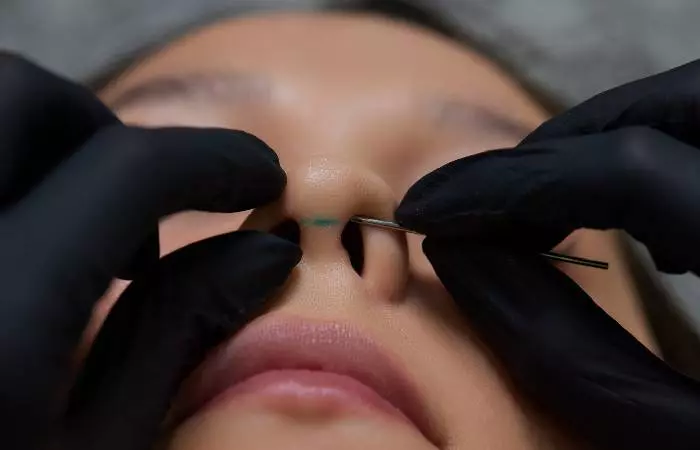
Infection and the subsequent appearance of piercing scars can be prevented by following proper precautionary measures during and after the piercing process.
- Choose a reputed piercer and clean piercing parlor. A licensed parlor will always use the proper tools and follow hygienic piercing methods.
- Keep the piercing clean and maintain proper aftercare practices to ensure hygiene.
- Avoid excessive cleaning as it can dry out the area and cause irritation.
- During the healing period, refrain from popping pimples on the nose to avoid infection caused by microorganisms.
- Use high-quality jewelry materials like gold, silver, implant-grade titanium, surgical stainless steel, or niobium (5). Cheap jewelry may prove dangerous for the skin.
- Avoid using makeup and lotions on the piercing site that may clog or irritate the piercing hole.
- Do not take off the piercing jewelry until the piercing has healed.
- Avoid excessive sun exposure, as free radical damage may trigger scarring (20).
- If you notice any signs of an infected nose piercing such as persistent redness, sharp pain and swelling, and pus formation, it is important to consult a doctor immediately.
- They can recommend the appropriate medications or antibiotics to help you recover.
While trying to understand nose piercing scars, let us also address some common concerns about the long-term effects of scarring in the section below.
Will A Nose Piercing Scar Cause Long-Term Damage?
Most nose piercing scars diminish with time and go away on their own. But nose piercing bumps are a matter of concern, especially if it is accompanied by irritation or pain in the area. Scars with bumps tend to get infected if caught on something and ripped open. Furthermore, infections, when left untreated, can spread to surrounding tissue in the long term, causing further complications. Generally, however, most nose piercing scars clear away with proper cleaning and home remedies. If your nose piercing scar does not contain a bump, there is no concern for long-term damage.
Nose piercings have evolved from a cultural statement to an aesthetic one, allowing individuals a way to express their personality. In addition to adding to your facial beauty, it adds to your unique sense of style and is mostly safe. Nevertheless, there are concerns regarding scarring once you get a nose piercing or take the piercing out. This makes the decision to get a nose piercing a crucial one, as it also involves choosing a professional piercer and maintaining proper aftercare practices to prevent such issues. You can effectively prevent a nose piercing from leaving a scar by practicing good hygiene, choosing appropriate jewelry, and employing home remedies. However, it is important to consult a medical professional for early infection intervention or in case of serious concerns.
Infographic: Top 6 DIY Solutions For Reducing Nose Piercing Scars
Nose piercings are some of the most popular and stylish choices for body modifications. But like any piercing, they sometimes leave scars if not cared for properly. Luckily, there are a couple of simple at-home remedies that may help reduce these scars and speed up their healing process as quickly as possible.Whether you are in possession of freshly acquired scars or old scars on the nose piercing, these six remedies can help you minimize the impact. So, if you have a nose piercing that is healing a little too slowly or just want to prevent some future scarring, read on for some simple DIY remedies!

Illustration: StyleCraze Design Team
Frequently Asked Questions
How can I tell if my nose piercing is scarring?
Itchy or infectious nose piercings are most likely to develop into a scar. While keloids can develop years after a piercing and present as a raised bump around the piercing, darker than the surrounding skin, hypertrophic scars are itchy and only slightly raised with a pinkish-red appearance. If you notice persistent itching or discomfort, check with your professional piercer to possibly avoid scarring.
Are nose piercing scars permanent?
The permanence of the scar varies based on the individual immune system and the scar’s characteristics. Scars formed due to excessive tissue damage or keloid formation may be persistent and are more challenging to diminish. To find a permanent solution for nose piercing scars, it is recommended to consult with a dermatologist.
Is it safe to re-pierce through a nose piercing scar?
Yes, it is safe to pierce a diminished nose piercing scar. However, a fresh scar tissue will not have blood vessels, and re-piercing it can extend the healing time of the piercing and also cause complications due to the interaction between the old and new piercing holes (fistula).
Do keloid scars from nose piercings go away on their own?
No, keloid scars are considered permanent. If you are concerned that you are developing a keloid scar, consult your dermatologist right away. Treatment options include corticosteroid injections, laser therapy, and plastic surgery.
How do I make my nose piercing hole go away?
After removing the piercing jewelry, clean the area and keep the hole free of dirt. Keep the piercing area free of makeup and wash with water and a gentle cleanser.
Scars are undesirable lasting imprints that can mar your aesthetic. If you are looking for solutions, watch this insightful video on minimizing the scars left after piercing. It details simple approaches to reduce the visual impact of body modification remnants.
Personal Experience: Source
StyleCraze's articles are interwoven with authentic personal narratives that provide depth and resonance to our content. Below are the sources of the personal accounts referenced in this article.
(i) ALL ABOUT MY NOSE PIERCING + Nose Piercing Bump Removal | beautybittenhttps://www.youtube.com/watch?v=5ZekX5LcERA
References
Articles on StyleCraze are backed by verified information from peer-reviewed and academic research papers, reputed organizations, research institutions, and medical associations to ensure accuracy and relevance. Read our editorial policy to learn more.
- Wound healing
https://journals.lww.com/jcma/fulltext/2018/02000/wound_healing.3.aspx - Body piercing
https://www.ncbi.nlm.nih.gov/pmc/articles/PMC1496593/ - Suggested aftercare for body piercings
https://safepiercing.org/aftercare/ - Metal allergy and systemic contact dermatitis: An overview
https://www.ncbi.nlm.nih.gov/pmc/articles/PMC3369403/ - Jewelry for initial piercings
https://safepiercing.org/jewelry-for-initial-piercings/ - The closure of nose piercing site successfully managed with skin grafting: A case series of three patients
https://www.ncbi.nlm.nih.gov/pmc/articles/PMC8906264/ - Laser revision of scars
https://www.ncbi.nlm.nih.gov/books/NBK539686/ - Corticosteroids
https://www.ncbi.nlm.nih.gov/books/NBK554612/ - Keloids and hypertrophic scars
https://www.uptodate.com/contents/keloids-and-hypertrophic-scars - The role of vitamin E in human health and some diseases
https://www.ncbi.nlm.nih.gov/pmc/articles/PMC3997530/ - The effect of warm moist compresses in peripheral intravenous catheter-related phlebitis
- Re-discovering sandalwood: Beyond beauty and fragrance
https://www.ncbi.nlm.nih.gov/pmc/articles/PMC6536050/ - Skin anti‐inflammatory activity of rose petal extract (Rosa gallica) through reduction of MAPK signaling pathway
https://www.ncbi.nlm.nih.gov/pmc/articles/PMC6261181/ - Garlic in dermatology
https://www.ncbi.nlm.nih.gov/pmc/articles/PMC4211483/ - Vitamin C in dermatology
https://www.ncbi.nlm.nih.gov/pmc/articles/PMC3673383/ - Pharmacological update properties of aloe vera and its major active constituents
https://www.ncbi.nlm.nih.gov/pmc/articles/PMC3673383/ - Effect of Kelulut honey on the cellular dynamics of TGFβ-induced epithelial to mesenchymal transition in primary human keratinocytes
https://www.ncbi.nlm.nih.gov/pmc/articles/PMC7246951/ - A review on: herbal face scrub for skin exfoliation
https://ijcrt.org/papers/IJCRT2203364.pdf - Ameliorative effect of apple cider vinegar and p-coumaric acid combination in Ex ovo antimicrobial and in vivo wound healing models
https://www.sciencedirect.com/science/article/pii/S2667142524000095 - Oxidative stress and tissue repair: Mechanism, biomarkers, and therapeutics
https://www.hindawi.com/journals/omcl/2025/6204096/
Read full bio of Eve Phillips
Read full bio of Reshma Latif
Read full bio of Madhumati Chowdhury
Read full bio of Joyce Joyson








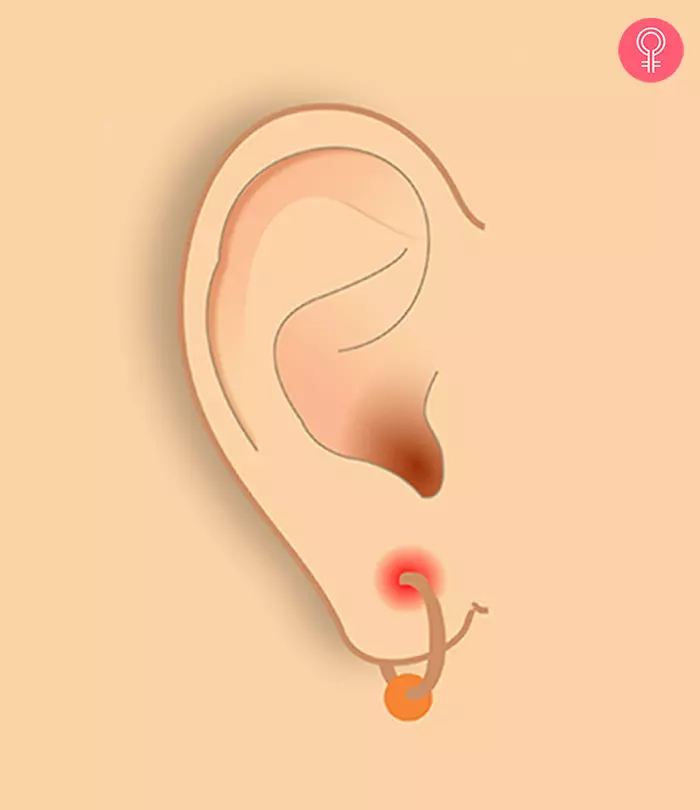
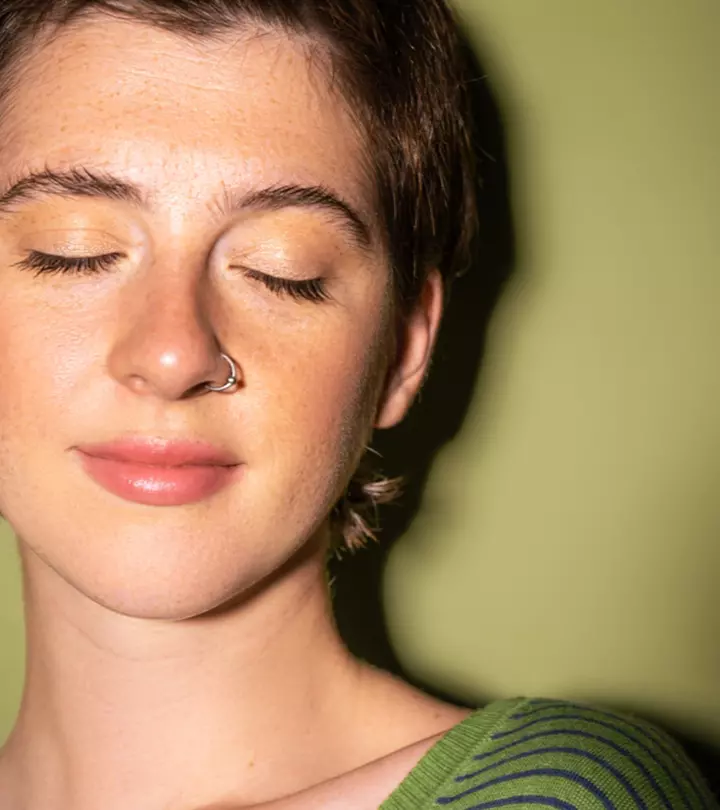
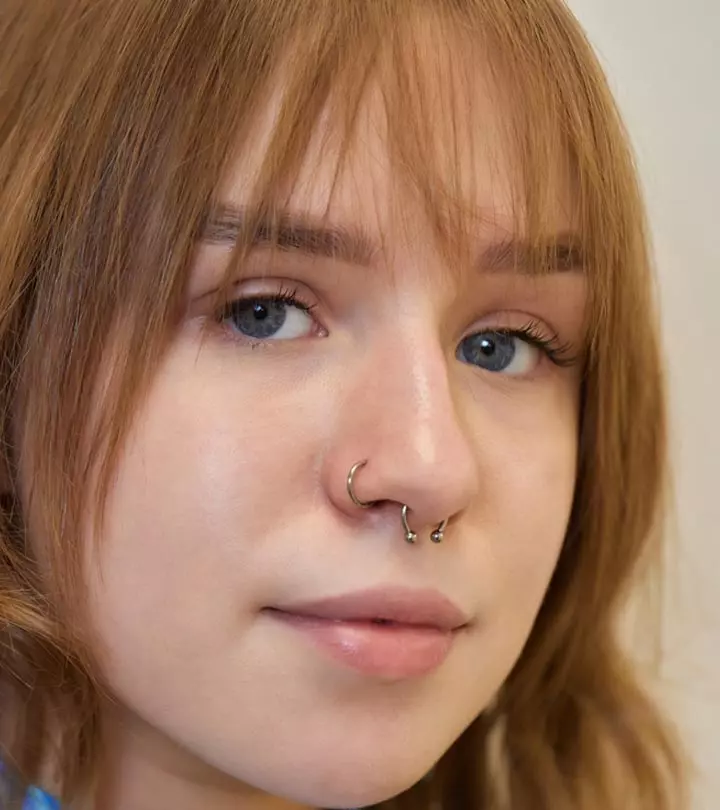


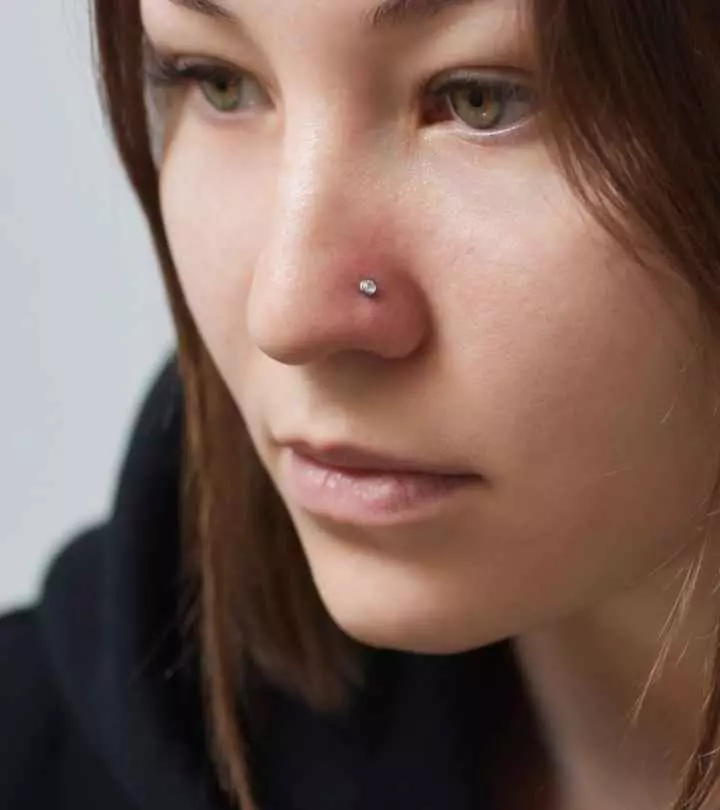



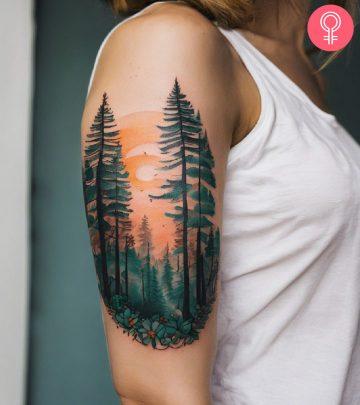

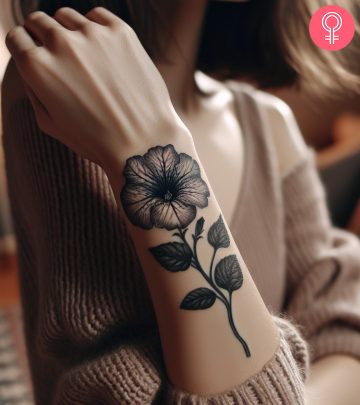

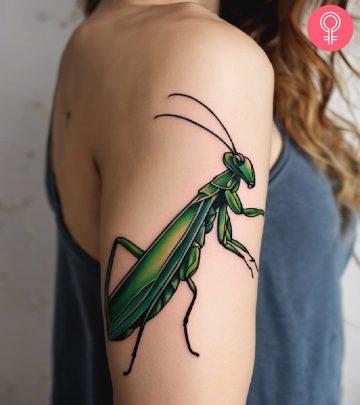
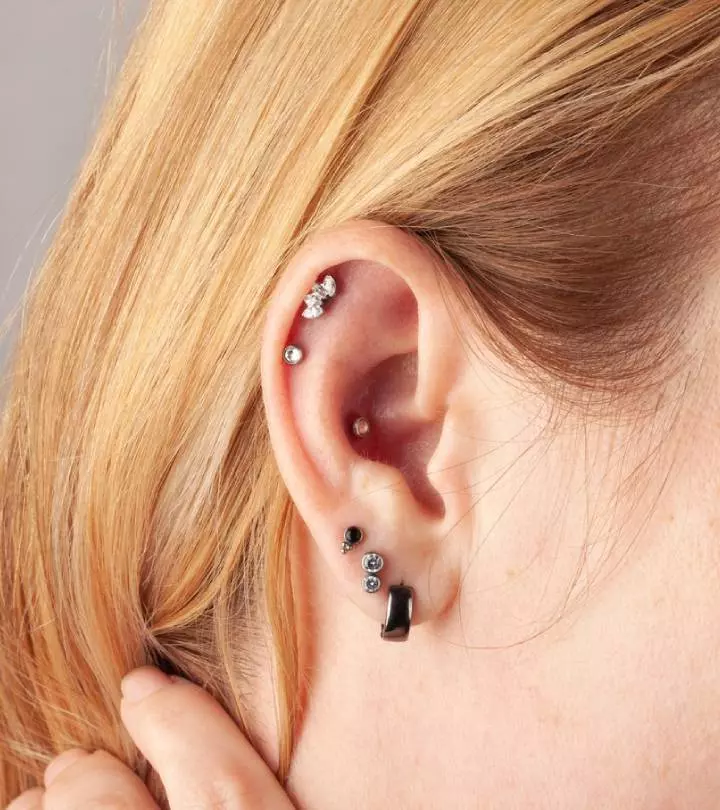
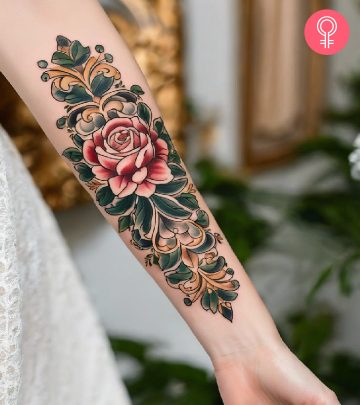
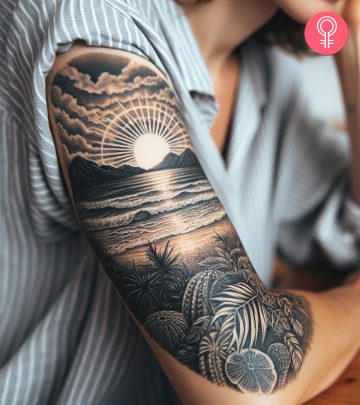

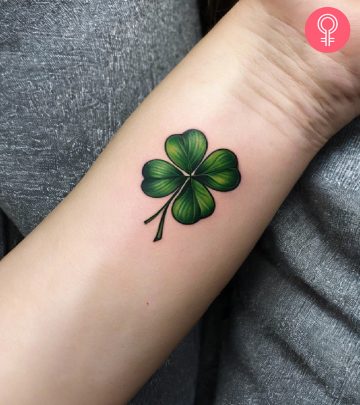
Community Experiences
Join the conversation and become a part of our empowering community! Share your stories, experiences, and insights to connect with other beauty, lifestyle, and health enthusiasts.